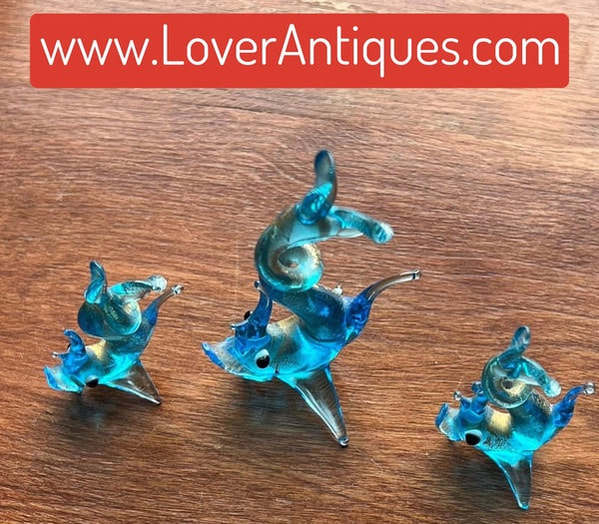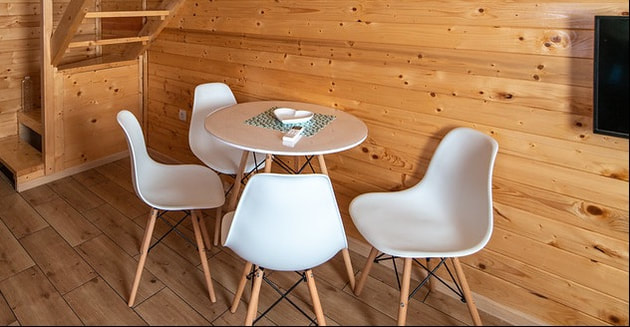Hi Everyone,
|
Lover Vintiques!We will be featuring stories we receive from our many "lovers", aka antique lovers! Please contact us and let's discuss your antiques today. Archives
August 2023
LA Blog Entries:
All
|
















